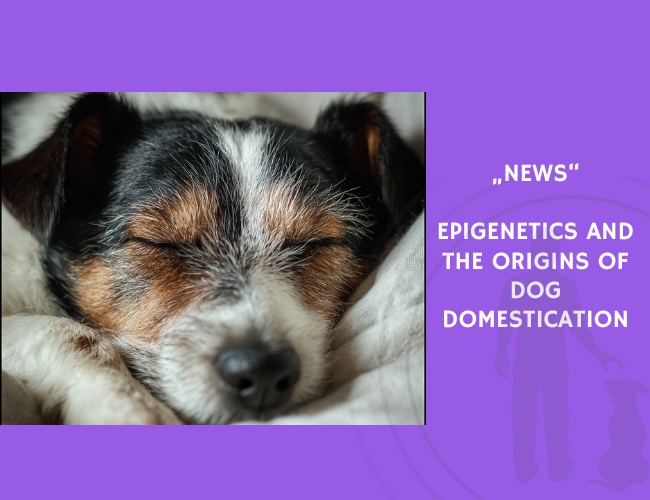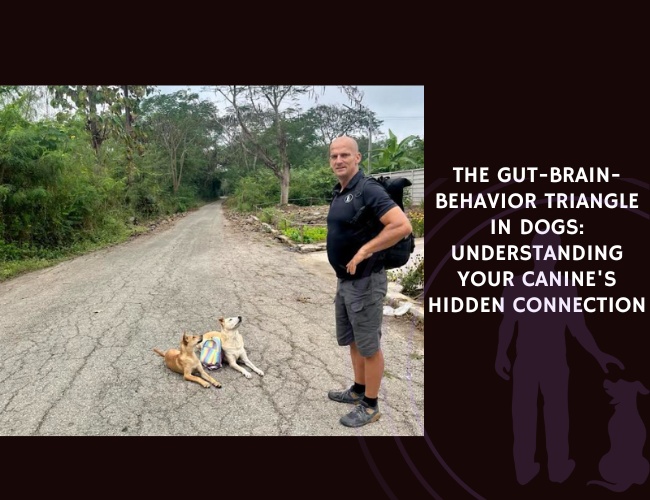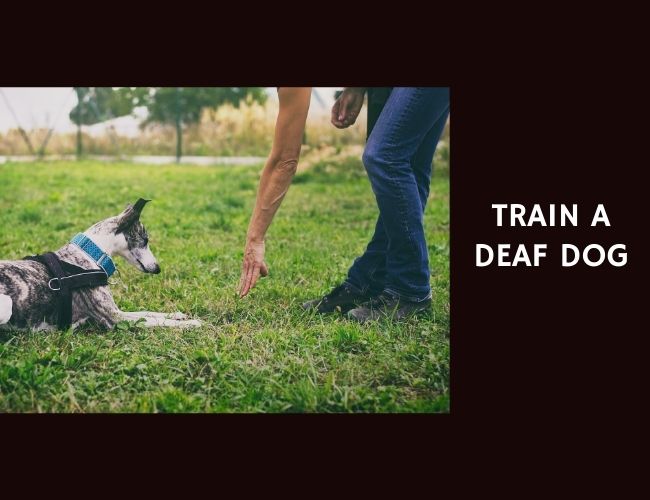The domestication of dogs has long fascinated scientists, with debates centering on whether genetics or environment played the greater role. According to Daniela Pörtl and C. Jung in their 2017 paper, the process may be best explained through epigenetic modulation—changes in gene expression triggered by social and environmental conditions, rather than direct genetic mutations alone.
During the Palaeolithic period, both humans and wolves lived in cooperative clans and shared similar ecological niches as hunters. This overlap created frequent opportunities for interaction. Reduced aggression and lower stress responses in certain wolf groups may have provided the foundation for a mutual partnership with humans. The study highlights the role of the hypothalamic–pituitary–adrenal (HPA) axis and the serotonin (5-HT) system, both critical regulators of stress and mood.
Pörtl and Jung argue that epigenetic mechanisms—such as demethylation of glucocorticoid receptor genes in the hippocampus—lowered cortisol levels in these early wolves. Lower stress improved social learning, emotional regulation, and cognitive inhibition, making these wolves more capable of forming stable cooperative relationships with humans. Over generations, this adaptive shift contributed to the evolution of domesticated dogs.
The hypothesis of Active Social Domestication (ASD) proposed in the study suggests that while genetic selection was necessary, it was not sufficient on its own. Instead, the interaction between environment, stress regulation, and epigenetic plasticity provided the key pathway. By reducing aggression and enhancing social bonding, wolves essentially “self-domesticated” into dogs through neurobiological flexibility, reinforced by their close association with human groups.
This perspective reframes domestication not simply as selective breeding but as a neuro-epigenetic process rooted in cooperation and emotional alignment between species.
Source: Pörtl, D., & Jung, C. (2017). Is dog domestication due to epigenetic modulation in brain. Biology, 3, 21–32. Authors: Daniela Pörtl, C. Jung. Publication Date: September 26, 2017.










